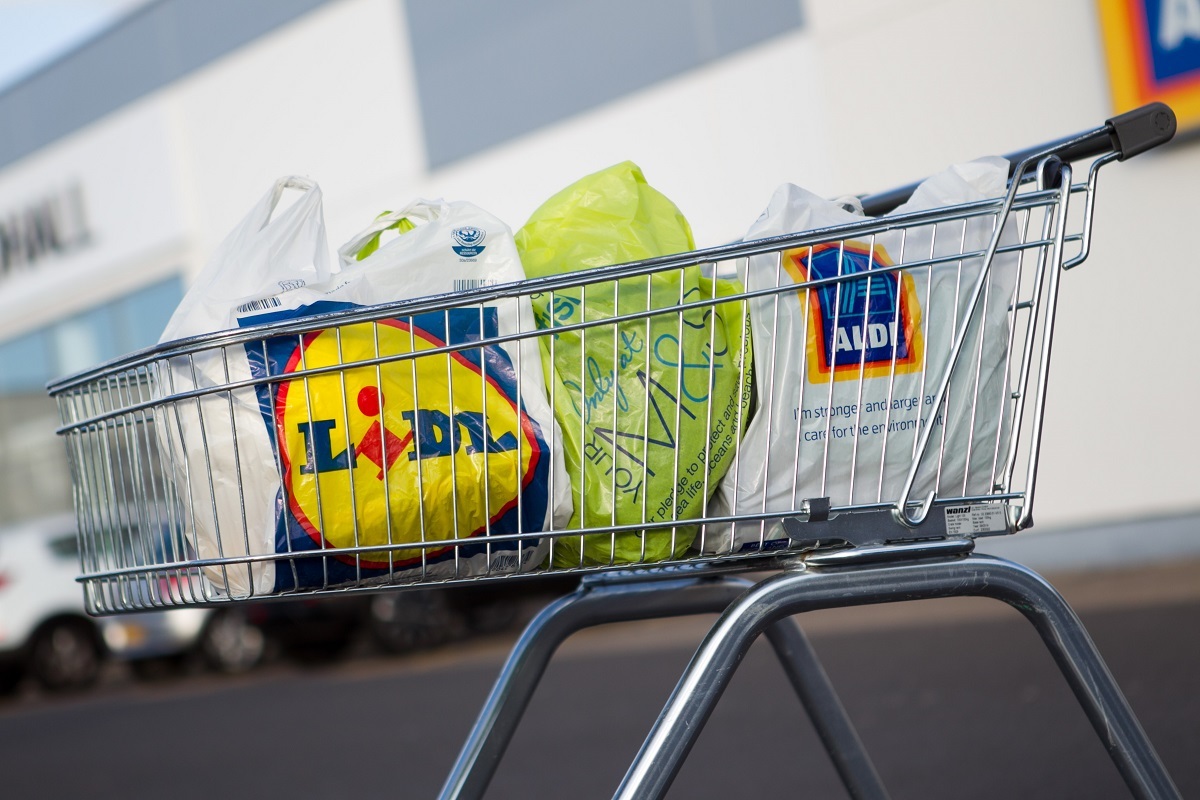
THE major supermarkets have suffered their biggest sales dip for more than a year, while the discounters now control a 10th of Britain’s grocery market, new research shows.
Britain’s 10 biggest supermarkets, excluding Aldi and Lidl, suffered a 1.2% drop in sales during the four weeks to November 7, according to analysts Nielsen. This represented their worst performance since the four weeks to October 11 last year.
By contrast, discounters Lidl and Aldi continue to enjoy strong sales growth and eat into the established players’ dominance.
Separate research from analysts Kantar Worldpanel showed the two chains now control 10% of the grocery market, having doubled their share in the last three years alone.
Kantar retail insight head Fraser McKevitt said the pair had attracted one million additional shoppers in the last 12 weeks compared with the same time last year.
Average spend per trip has also increased by 4% to £18.85, which is 78p ahead of the total retailer average, he added.
“The discounters show no sign of stopping and, with plans to open hundreds of stores between them, they will noticeably widen their reach to the British population.”Trolley tricks and shelf shenanigans – Are you a victim of supermarket mind games? Click here to read moreLooking at the traditional big four supermarkets, Sainsbury’s was the only one to see an increase (0.4%) in year-on-year sales over the last 12-week period. By contrast, Asda suffered a 3.5% fall, while Tesco (minus 2.5%) and Morrisons (minus 1.7%) saw more moderate declines.
The reasonably strong performance by Sainsbury’s has seen it regain its position as Britain’s second largest supermarket from Asda.
And as the food-focused retailer traditionally increases its market share over Christmas, it is expected to keep hold of second place for the time being, said Mr McKevitt.
“Sainsbury’s has seen its fourth consecutive period of growth, flying in the face of tough market conditions,” he said.
“Its 1.5% increase in sales was sufficiently ahead of the market for the retailer to increase its share by 0.2% – the first share gain registered by any of the ‘big four’ retailers since October 2014.”

Enjoy the convenience of having The Sunday Post delivered as a digital ePaper straight to your smartphone, tablet or computer.
Subscribe for only £5.49 a month and enjoy all the benefits of the printed paper as a digital replica.
Subscribe